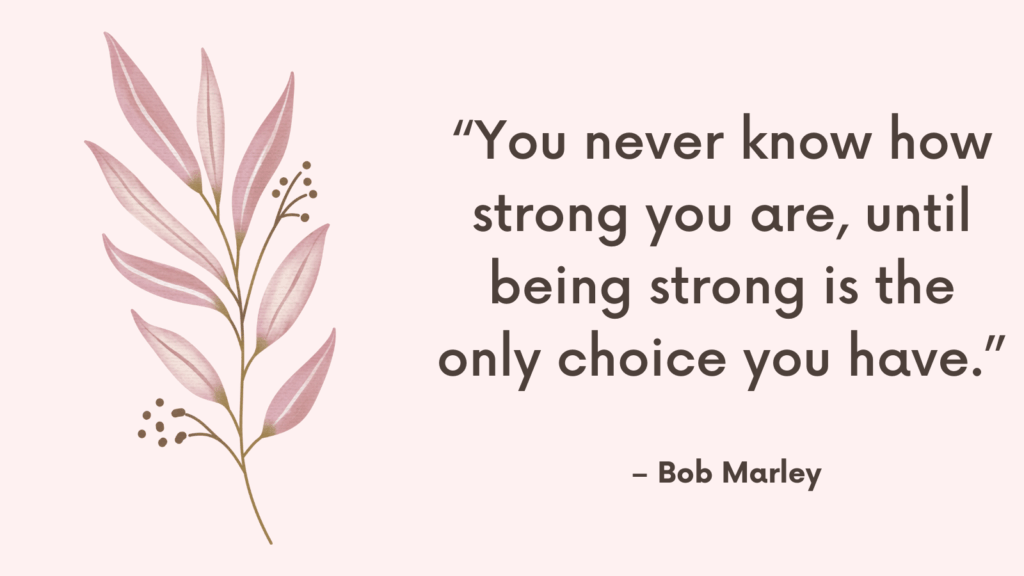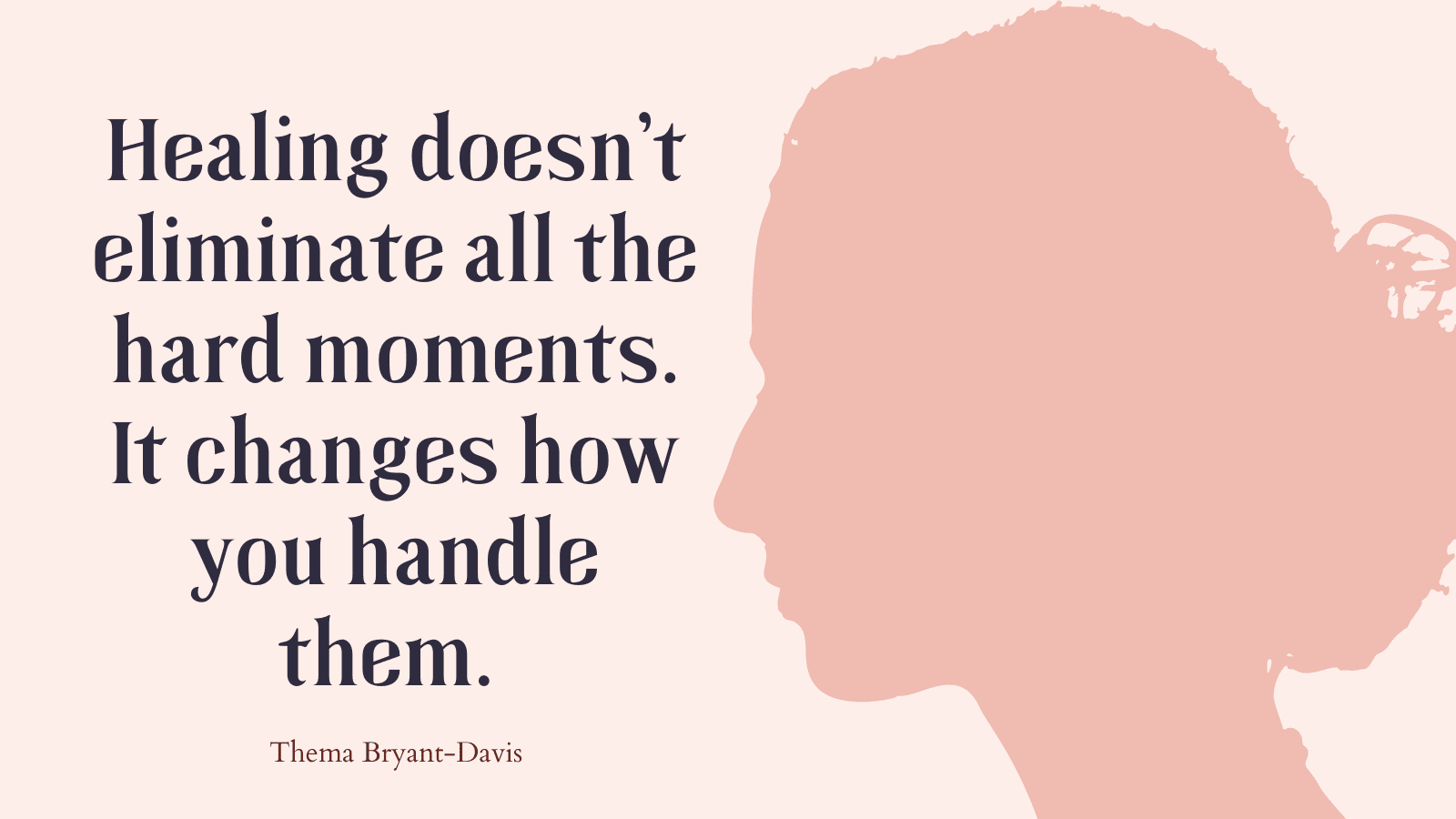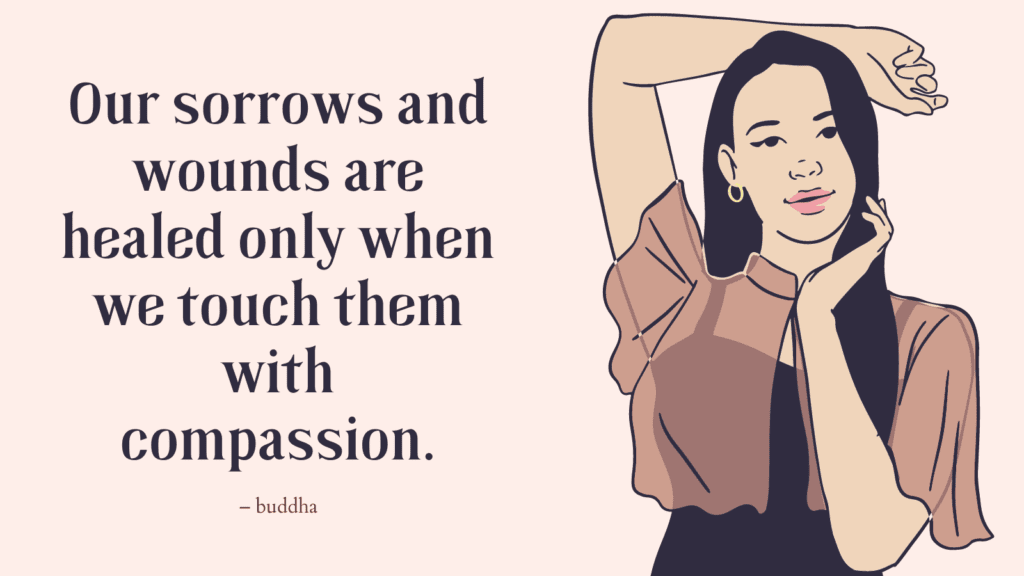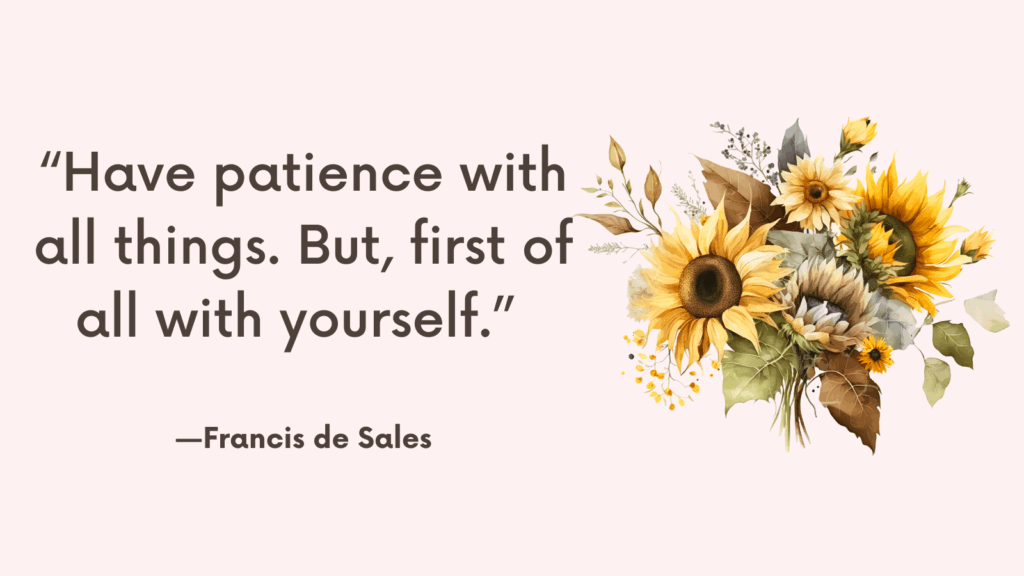This post contains the childhood trauma test (ACEs Test) and practical steps to adverse childhood experiences recovery.
The initial trauma of a young child may go underground, but it will return to haunt us.
—James Garbarino
3 Types of Stress
There are three types of stress: good stress, tolerable stress, and toxic stress (McEwen 2017).
1. Good stress is one that challenges us without leaving us feeling overwhelmed. For example, the stress a student may feel before his exam will help him prepare better and stay alert.
2. Tolerable stress is more intense but recovery occurs before there is lasting physical or psychological damage. For example, the death of a loved one may cause high levels of stress.
3. Toxic stress, on the other hand, is severe and chronic and adversely affects the person in ways that impair his health, work performance, relationships, judgment, impulse control, etc. If unresolved, the effects can be passed from one generation to the other.
The last type of stress represents adverse childhood experiences.
Related: Undermothered: How to Mother Yourself Using These Practical 10 Strategies?
The Adverse Childhood Experiences Study
The Adverse Childhood Experiences (ACEs) Study was conducted by two medical doctors, Vincent Felitti, head of Kaiser Permanente’s Department of Preventive Medicine in San Diego, California, and Robert Anda, a Centers for Disease Control and Prevention researcher (Felitti 2002).
The study analyzed the medical records of more than 17,000 patients at a large health maintenance organization. The results show that ten commonly reported ACEs predict a very wide range of psychological and physical problems. The ten ACEs are:
Three kinds of abuse
- Sexual
- Physical
- Emotional
Two kinds of neglect
- Emotional
- Physical
Related: Healing From Childhood Emotional Neglect In 6 Steps (+FREE Worksheets PDF)
Five kinds of household dysfunction
- Parents divorced or separated
- Witnessing a mother or stepmother being treated violently
- A household member addicted to alcohol or other drugs
- A household member suicidal or mentally ill
- A household member in jail
Felitti and Anda (2014) found that about two-thirds of adults had experienced at least one of these adversities early in life.
The original research listed only the ten ACEs most commonly reported by patients. But there are other ACEs that can potentially affect health:
- Loss of parent or guardian or a close family member or friend
- Serious illness of loved one
- Parents’ troubled marriage
- Violence in the community, neighborhood, or school
- Discrimination
- Isolation
- Growing up in poverty
- Living in a war zone
- Witnessing gruesome injury, death, or genocide
- Terrorism
- Being kidnapped or abducted
- Cults
- Natural disasters
The study has shown that the higher one’s ACEs scores (number of ACEs one has experienced), the greater the likelihood of developing a disorder.
Childhood Trauma Test: What’s Your ACE Score?
Results
#1. Did your parents or primary caregivers often swear at you, insult you, put you down, or humiliate you?
#2. Did your parents or primary caregivers often hit, push, grab, slap, or throw something at you?
#3. Did an adult or someone at least five years older than you ever touch you or have you touch them in a sexual way?
#4. Did you often feel that your family never loved you or thought you were important or good enough?
#5. Did you often feel that you didn’t have enough to eat, had to wear dirty clothes, or had no one to protect you and take care of you?
#6. Were your parents ever divorced or separated?
#7. Was your mother or stepmother often pushed, grabbed, slapped, or hit?
#8. Did anyone in your family have drinking problem or was addicted to drugs?
#9. Was anyone in your family mentally ill or suicidal?
#10. Did anyone in your family go to prison?
Total the number of items you checked. This is your ACE score.
FREE Inner Child Exercises PDF
How ACEs Can Harm the Body?
Adverse childhood experiences trigger toxic stress.
This is the kind of stress that is intense and chronic, so much so that the body doesn’t return to normal.
Psychologists have called is type of stress, dysregulated stress.
Dysregulated stress disrupts the systems of the body and lead to a number of physical and mental disorders.
These disorders include:
Physical conditions: obesity, type 2 diabetes, cardiovascular disease (heart disease, stroke), cancer, autoimmune diseases, fibromyalgia, chronic fatigue, sleep disorders, ulcers.
Mental health conditions: low self-esteem, depression (including bipolar disorder), anxiety (including panic disorder), post-traumatic stress disorder (PTSD) and complex PTSD, borderline personality disorder, and addictions.
Related: How To Break Free From Emotional Abuse? (& Stop Attracting Abusive Partners)

How to Heal From ACEs? 7 Steps To Adverse Childhood Experiences Recovery
Studies have shown that our brains are flexible, or “plastic,” because neurons forge new or stronger connections with other neurons and rewire the brain. (*)
This is a very good reason for hope. Past pain and hurt can still be healed even decades later.
#1. Increase Your Self-Awareness
We are as sick as our secrets, even the ones we keep from ourselves.
Healing begins when we open up and let our pain out, and this happens when we become more self-aware.
Most people find it healing to simply talk about ACEs they’ve been through with a caring person.
Many health professionals are now advocating for routine screening for ACEs and studies have shown that screening for ACEs resulted in a 35 percent drop in doctor visits and an 11 percent drop in emergency room visits.
Related: Top +100 Journal Prompts For Mental Health [+Free PDF Printable!]
When to Consider Therapy
It is always helpful to work with a therapist or trauma specialist.
However, you should seriously consider therapy if you are experiencing any of the following:
- You can’t think of certain memories without experiencing intense distress.
- You experience intrusive memories, including nightmares, flashbacks, or hallucinations.
- You or your surroundings seem unreal.
- You experience disturbing emotions frequently (e.g., crushing feelings of low self-worth, shame, fear, depression, hopelessness, irritability, or extreme rage, etc.).
- You feel numb, unable to experience happy feelings.
- You have a mental illness, such as anxiety, panic disorder, depression, borderline personality disorder, or bipolar disorder.
- You are harming or thinking about to harm yourself (e.g., suicidal thoughts, thoughts of cutting or otherwise injuring your body, engaging in risky behaviors such as driving dangerously or while intoxicated, having unprotected sex, etc.)
- Any memories or symptoms seem overwhelming.
#2. Practice Acceptance
Realizing that you’ve been through ACEs can make you feel hopeless, knowing that even though they happened a long time ago, they’ve been holding you back in life ever since.
It’s important to give yourself credit for being resilient enough to survive so far.
Even if you’ve been using unhealthy coping mechanisms, take a moment to appreciate that these have helped you survive stressful times.
By acknowledging what has happened, you free yourself to focus on the present and all that you can do now to move forward.
Related: How To Deal With Suffering In Your Life? Top 4 Secrets To Stop Suffering And Emotional Pain
#3. Regulate Stress Arousal
Dysregulated stress is at the core of hidden wounds of ACEs.
Before any healing takes place, you’ll need to master stress regulation skills.
Mindfulness-Meditation Exercise
Instructions
1. Sit or lie down in a comfortable position.
2. Close your eyes or simply lower your gaze if that’s more comfortable.
3. Ground in the body by focusing on your breathing, or how your feet feel planted on the ground, or notice the sensation of the mattress against your body.
4. Think of a safe place or person that made you feel loved. Recall what that felt like in your body.
5. Place your hands on your belly and feel it expanding as you breathe in and sinking as you breathe out. Imagine breathing in love and compassion and allowing them to settle in as you breathe out.
6. Repeat the same while placing your over your heart and imagining breathing in love and compassion. Then place your hands over your forehead and repeat the same process.
7. Take a few moments to allow any pleasant feelings or sensations linger.
#4. Regulate Strong Emotions
It is normal to try to avoid unpleasant emotions.
However, avoidance won’t make emotions go away and more often than not, these emotions become more intense when we ignore them.
Mindfulness is a great way to sit with your emotions in a nonjudgmental, accepting way.
That means, you simply notice what you are feeling without trying to evaluate it as right or wrong, good or bad and without trying to fix anything at the moment.
When you practice mindfulness you adopt the attitude, “This is just a feeling. A feeling is not who I am at the core. Let me feel it.”
Such attitude softens overwhelming emotions and allows us to respond in more effective ways, as we become curious about the causes behind the feeling and what needs to be done about it.

#5. Practice Self-Compassion
Many people internalized the harsh criticism they received from their caregivers and other adults in their lives.
As adults, they continue to harshly criticize themselves.
They mistakenly believe that by self-scolding and faultfinding, they’re motivating themselves to do better.
However, harsh self-talk overtime degrades self-esteem and leads to more failure (Gilbert and Procter 2006).
Self-compassion is a kinder approach that has been proven to be more effective in calming unpleasant emotions, boosting self-esteem and improving performance.
Kristen Neff, author of Self-Compassion, identified 3 components of self-compassion:
1. Acknowledging that suffering is happening
2. Acknowledging that everyone suffers at times and that we’re not alone in our suffering.
3. Providing yourself the same comfort and support you would a loved one.
Compassion affirmations
This is a moment of suffering.
Suffering is a part of life.
May I be kind to myself in this moment.
May I give myself the compassion I need.
Related: How To Start A Self Love Journey? Top 10 Powerful Ways to Love Yourself More
#6. Challenge Your Negative Core Beliefs
The Six Basic Core Beliefs
Each person needs to internalize six basic core beliefs for their emotional well-being:
- I am worthwhile
- I am loving and lovable
- I am generally adequate
- I can grow and learn from mistakes
- I am good enough
- I am safe
ACEs can disrupt the development of these beliefs and instead cause the development of negative, damaging beliefs.
For example, neglect, whether emotional or physical can make the child grow up believing they’re not lovable or worthwhile; having critical parents, can make the child believe that they’re inadequate; and witnessing arguments between parents can make the child believe they’re not safe.
To change your negative core beliefs, first, start by identifying them. Write them down, then ask yourself, “What would I tell a friend who has the same belief about themselves,” and tell the same to yourself.
Related: Negative Core Beliefs List (& 8 Tips On How To Challenge Them)
#7. Challenge Shame
Shame is experiencing the core self as damaged and defective. It is a deep dense of self-loathing and self-contempt.
ACEs can be the main source of shame for many people.
For example, parents’ troubled marriage can make the child believe that they’re to blame for anything bad that happens to the family; abuse can make the child believe that they must be bad or defective in some way to deserve such treatment.
Unchallenged, shame can continue to affect our lives in ways that hold us back from success and happiness.
To overcome shame, we need to bring it into kind, compassionate awareness.
The following are common beliefs of shame. Read through the list without judgment and check the items that describe you in general.
Shame Beliefs
- I don’t belong in the world.
- I don’t deserve to succeed or perhaps even live at all.
- I don’t fit in.
- I’m a black sheep in the family.
- I’m a disappointment to those who matter, including myself.
- I’m a failure.
- I’m an imposter.
- I’m defective, weak, disgusting, dirty.
- I’m either in control and perfect, or I’m worthless.
- I’m flawed to the core.
- I’m inept, inadequate.
- I’m not good enough.
- I’m too flawed to be loved.
- I’m unlovable.
- My feelings, thoughts, or desires don’t matter to anyone.
- My parent was bad. I’m his or her offspring, so I’m bad.
- Others are more worthwhile than I am.
- Something is basically wrong/bad with me.
Imagine waking up tomorrow and finding that your shame level had dropped. How would that feel? Can you think of ways that could make you feel less shame.
Related: Top 10 Signs Of Toxic Shame In A Person (+Best 20 Healing Shame Exercises)
References
- Take The ACE Quiz — And Learn What It Does And Doesn’t Mean : Shots – Health News : NPR
- About the CDC-Kaiser ACE Study |Violence Prevention|Injury Center|CDC
- Adverse Childhood Experiences (ACEs) (cdc.gov)
- Adverse Childhood Experiences | National Human Trafficking Training and Technical Assistance Center (hhs.gov)
- Relationship of childhood abuse and household dysfunction to many of the leading causes of death in adults. The Adverse Childhood Experiences (ACE) Study – PubMed (nih.gov)
- The Effects of Childhood Trauma (verywellmind.com)
- What Is Child Trauma? | Center for Child Trauma Assessment and Service Planning (northwestern.edu)
- Adverse childhood experiences – Wikipedia








